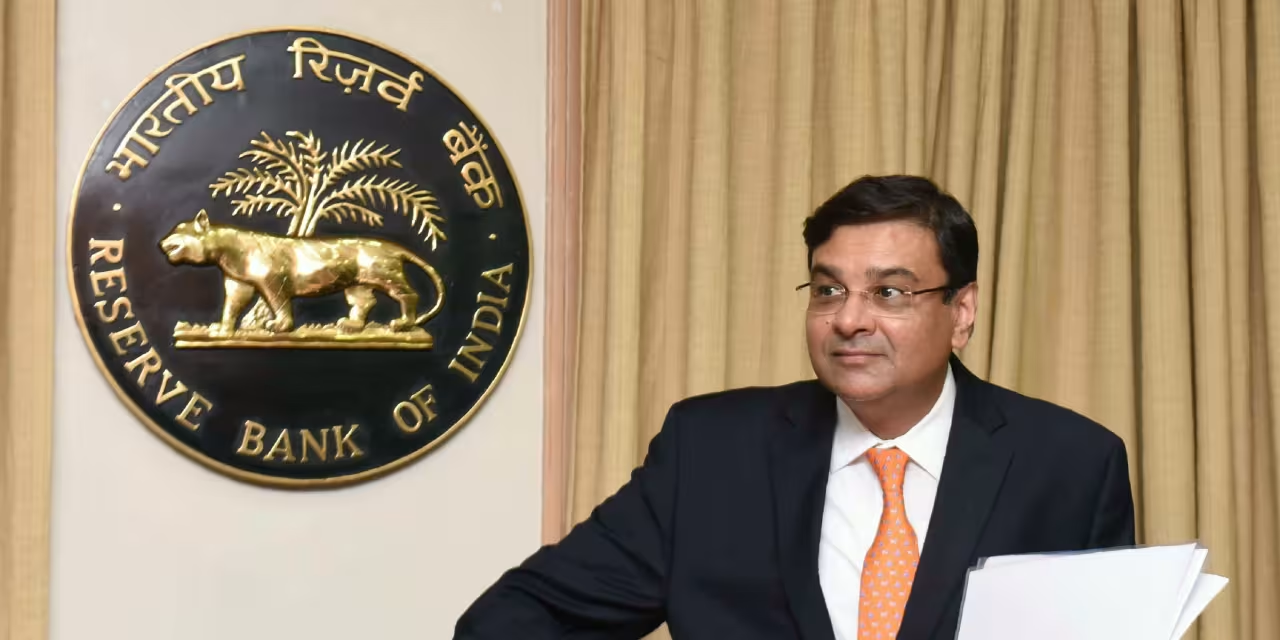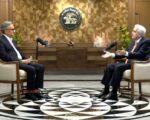Despite concerns about India’s financial sector amidst strong stock market performance and solid bank balance sheets, Reserve Bank of India (RBI) Governor Shaktikanta Das has downplayed fears of a deposit shortage. Das acknowledged the current gap between loan and deposit growth but indicated that it isn’t an immediate cause for alarm. However, he cautioned that if the disparity persists, it could hinder banks’ ability to maintain their lending activities.
As of August, loan growth stood at 13.6%, while deposit growth lagged behind at 10.8%, a gap of 350 to 400 basis points. “If this continues, the banks’ ability to lend will be affected,” Das said. This imbalance poses a risk to banks’ net interest margins, which could, in turn, impact share prices—particularly concerning for global institutional investors holding shares in Indian banks. Prolonged disparity between loan and deposit growth could also lead to liquidity concerns if banks struggle to meet withdrawal demands.
Das suggested that some of the funds loaned out might still remain within the banking system but acknowledged the possibility of money flowing into riskier investments like debt funds or equities. “If people are going into the capital markets, it is their decision,” Das said, clarifying that the central bank does not regulate such individual choices.
Despite these challenges, Das expressed optimism, noting that many Indian banks are already working on strategies to enhance deposit growth. He revealed that banks are developing new products aimed at attracting deposits, which could help mitigate potential issues.
Ashish Gupta, Chief Investment Officer at Axis Mutual Fund, echoed these sentiments but predicted a slowdown in banks’ earnings growth due to the credit-deposit gap. He expects slower deposit growth in the coming years and noted that any future interest rate cuts by the RBI could further squeeze profit margins for banks.
India’s economic growth also showed signs of cooling, with GDP growth slowing to 6.7% in the second quarter from 8.2% the previous year. This has intensified pressure on the central bank to consider rate cuts. Markets are anticipating a likely rate cut at the RBI’s December meeting, with some uncertainty surrounding the upcoming October meeting. Das highlighted the presence of new members in the Monetary Policy Committee (MPC) and mentioned that the October rate decision would be determined by current growth and inflation dynamics.
While emphasizing that India’s growth story remains robust, Das reiterated the need to monitor inflation trends closely before making any decisions on rate cuts.


















